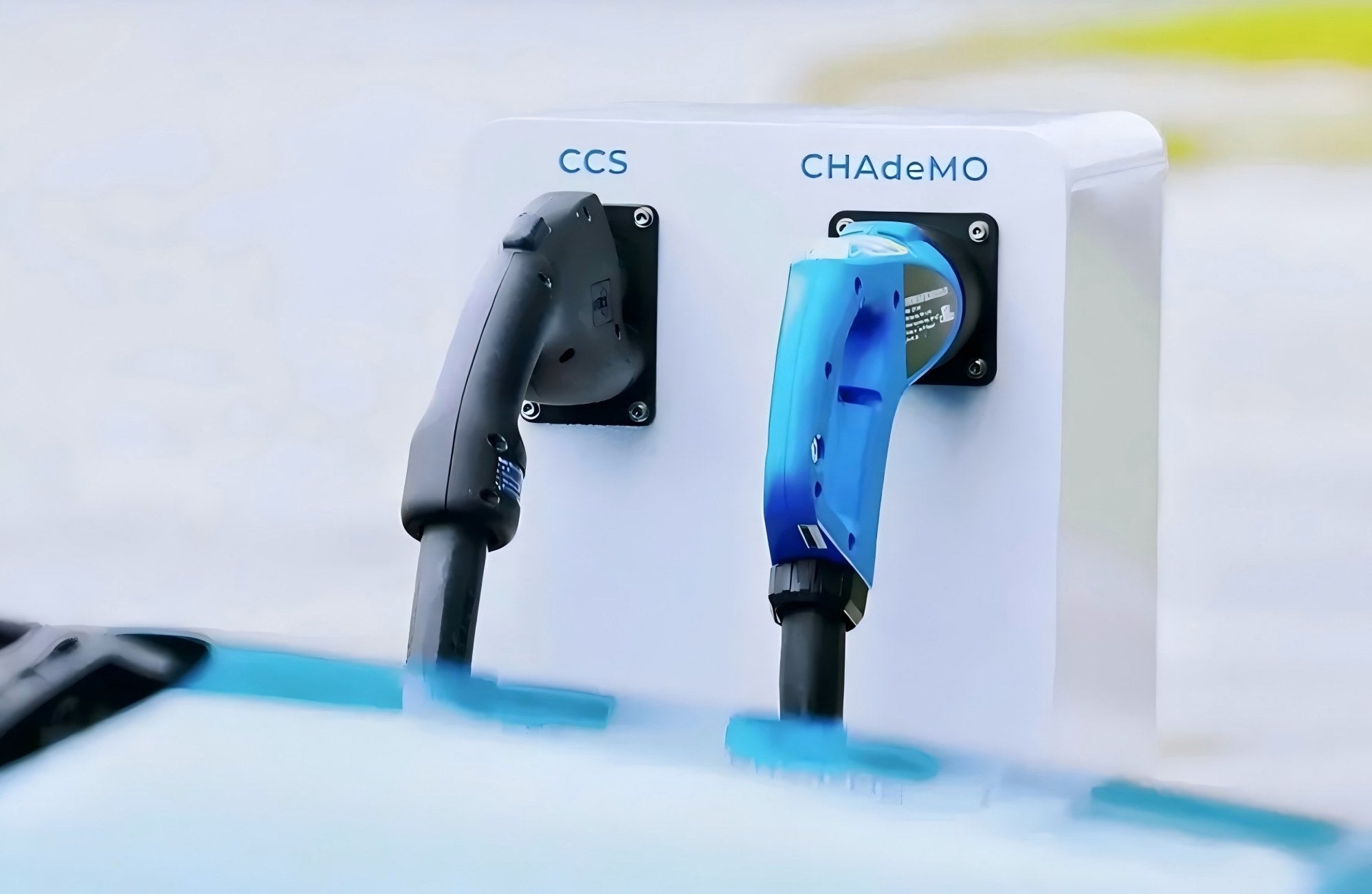Introduction: The Global “Language Barrier” of EV Charging Standards
As electric vehicle (EV) sales surge worldwide, the demand for charging infrastructure is expanding just as rapidly. Yet, compared to the fast-paced growth of the EV industry, the unification of charging standards has been much slower. Different countries and regions have developed their own independent charging interface standards based on their unique technological systems and policy priorities—resulting in a fragmented landscape.
This lack of standardization has led to frequent compatibility issues. When EV owners travel across regions, they often encounter an inconvenient reality: their charging plug simply doesn’t fit. This “language barrier” among charging standards not only disrupts the user experience but also stands as a tangible obstacle to the global adoption and interoperability of electric vehicles.
That’s exactly where cross-standard adapters come in — as translators bridging the gap between different worlds of charging.
Inventory of global mainstream charging standards
CCS (Combined Charging System)
The Combined Charging System (CCS) is the dominant fast-charging standard in Europe and North America, available in two versions: CCS1 (North America) and CCS2 (Europe). It supports both AC and DC charging, with a maximum power output of up to 350 kW.
CCS1 uses a Type 1 connector (single-phase), while CCS2 adopts a Type 2 connector (three-phase). Thanks to its high power capacity, strong compatibility, and extensive charging network, CCS has become the most widely adopted fast-charging system across Western markets.
CHAdeMO
Developed and promoted by Japan, CHAdeMO remains the leading fast-charging standard in Japan and several Asian markets. Although its global market share is gradually declining in favor of CCS, CHAdeMO continues to maintain a strong presence in Japan due to government backing and established infrastructure.
GB/T
GB/T is China’s national charging standard, featuring separate designs for AC and DC connectors. It is known for its structural stability and high safety performance. With China’s massive EV market and extensive charging infrastructure, GB/T has become one of the world’s most widely deployed charging standards in terms of station numbers and network coverage.
NACS (North American Charging Standard)
Introduced and championed by Tesla, the NACS standard integrates both AC and DC capabilities into a compact, lightweight design. It offers high power output and user-friendly operation. In recent years, an increasing number of North American automakers have announced support for NACS, positioning it as the emerging mainstream charging standard across the region.
Each of these systems works perfectly within its own ecosystem. The problem arises when EVs travel or get exported — because each “language” is different in data communication, current type, and connector shape.
When Standards Don’t Align – Real Compatibility Challenges

In today’s globalized EV market, cars often travel further than their standards allow. For example:
Japanese EVs in Europe or America: Vehicles like the Nissan Leaf equipped with CHAdeMO ports often face difficulties finding compatible stations in regions where CCS2 or CCS1 dominates.
Chinese-made EVs overseas: Cars using the GB/T interface struggle in markets such as the Middle East or Europe, where CCS2 is the standard.
Tesla vehicles: Tesla’s proprietary NACS plug once limited non-Tesla owners from using the Supercharger network, and vice versa.
This lack of compatibility not only affects individual drivers but also poses significant operational challenges for international fleets, rental companies, and logistics providers. As vehicles move between markets, the need to constantly adapt or replace charging infrastructure dramatically increases both costs and management complexity.
Cross-Standard Adapters – The Bridge That Breaks Charging Barriers

This is where cross-standard adapters make a true difference. Technically speaking, these devices act as intelligent intermediaries between the vehicle and the charging station. They interpret communication protocols, convert signal logic, and ensure the correct power transmission between incompatible systems.
1. How They Work
An adapter doesn’t “change” the car or the station — it allows them to understand each other. For instance:
A CCS2 to CHAdeMO adapter lets a Japanese vehicle charge at European CCS2 fast chargers.
A GB/T to CCS1 adapter allows vehicles with a CCS1 interface to charge at GB/T charging stations.
A NACS to CCS2 adapter enables vehicles with a CCS2 interface to charge at NACS charging stations.
By translating these systems safely, adapters unlock the full potential of the charging network.
2. The Benefits Are Clear
Universal Access: No more worrying about which station your EV can use when traveling abroad.
Cost Efficiency: One adapter can replace the need for multiple regional chargers.
Extended Usability: Imported or older vehicles remain usable in countries where their native standard doesn’t exist.
Safety and Reliability: The adapter is equipped with a built-in temperature sensor that automatically cuts off power when overheating is detected, ensuring a safe and stable charging experience.
3. Beyond Hardware – The Role of Smart Firmware
Modern adapters are not simple mechanical connectors. They’re equipped with intelligent chips that handle handshake communication, safety verification, and firmware updates. For instance, some models can be upgraded via USB to ensure compatibility with new charging station protocols.
In other words, today’s adapters evolve alongside the global charging network — ensuring that even as technology changes, your EV stays connected.
Toward a Globally Connected Charging Future
The emergence of cross-standard adapters is more than just a temporary technical fix—it represents a crucial step toward the integration of the global EV charging ecosystem. By bridging communication gaps between different standards, these adapters empower drivers with the freedom to charge anywhere, anytime, creating a truly borderless mobility experience.
Looking ahead, as major standardization bodies increase collaboration and global markets continue to converge, a unified worldwide charging standard may eventually become reality. Until that day arrives, cross-standard adapters will remain an indispensable part of the EV landscape—helping incompatible plugs speak the same language and driving the world closer to universal connectivity.



![Best CCS2 to CHAdeMO EV Charging Adapters [2025 Buyer’s Guide]](http://ev-orientrise.com/cdn/shop/articles/futr-electric-vehicles-cars-ev-charging-guide-chademo-1024x682_6e1860a9-af1a-4345-a368-b0e703d9a601.jpg?v=1744266945&width=1024)




